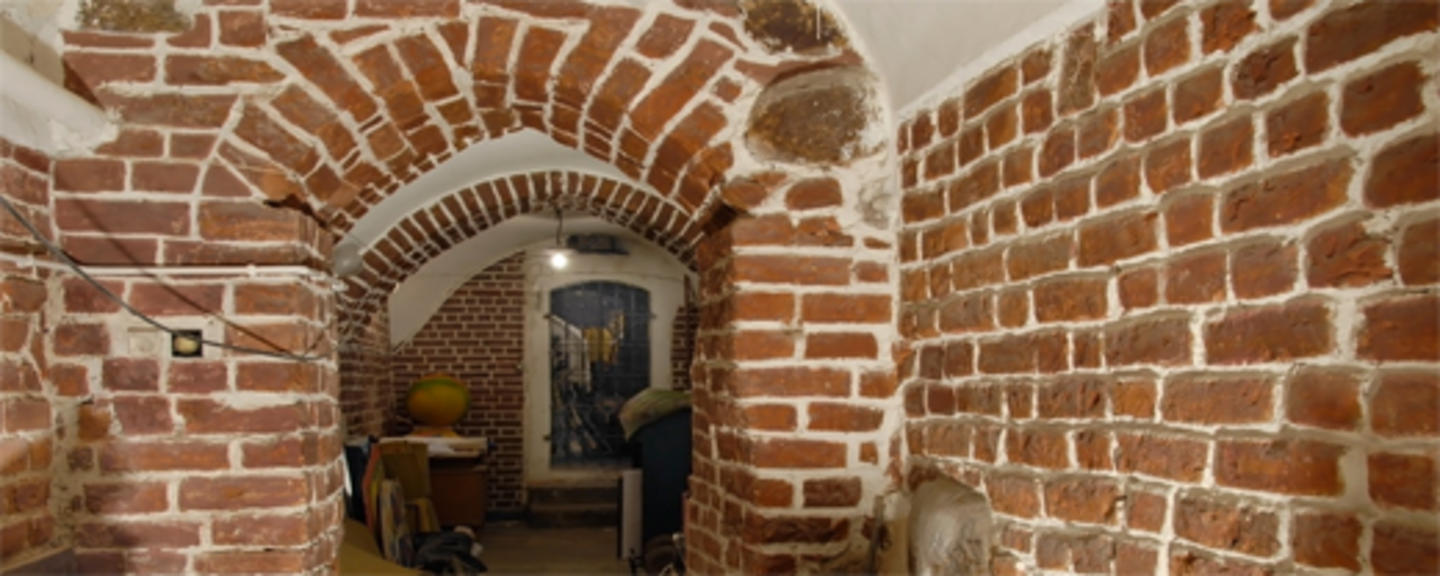The medieval town cellars of the UNESCO listed Warsaw Old Town are being preserved with the help of the EEA and Norway Grants and in cooperation with the City of Bergen, Norway.
On 13 July, one of the archaeologists working underground spotted an old silver coin under the flooring in one of the basements. A 4.5 kilo canvas sack filled with 1211 silver coins was discovered – a sack that someone went to great lengths to hide from other people’s view some 200 years ago. The oldest coins date back to 1663, whereas the latest was made in the year 1702.
The Polish archaeologists call the collection of coins a ‘treasure’, referring both to the current value of the coin collection and the intriguing history of how someone sought to hide what represented considerable valuables back in the 18th century.
Currently with the laboratory of Poland's Warsaw Historical Museum, the coins will be cleaned and inventoried before historians and numismatists (scholars studying coins) take their stab at the collection.
Making a cultural trail
The renovation of the Warsaw Old Town's cellars is part of a larger EEA and Norway Grants- funded project. Once renovated, the cellars will become venues for cultural and social activities. Visitors will be made familiar with the history of the Old Town and have a chance to view original fragments of some of the historical buildings.
Together, the basements in the Old Town create a labyrinth of side streets. During the restoration work, new basements have been discovered. According to an archaeologist these basements were buried and walled in during the reconstruction of the Old Town after the Second World War. The recently unknown basements contain well preserved original architecture such as gothic vaults, arches and original brick motives. These basements will be opened for visitors when the renovation works are finalised.
